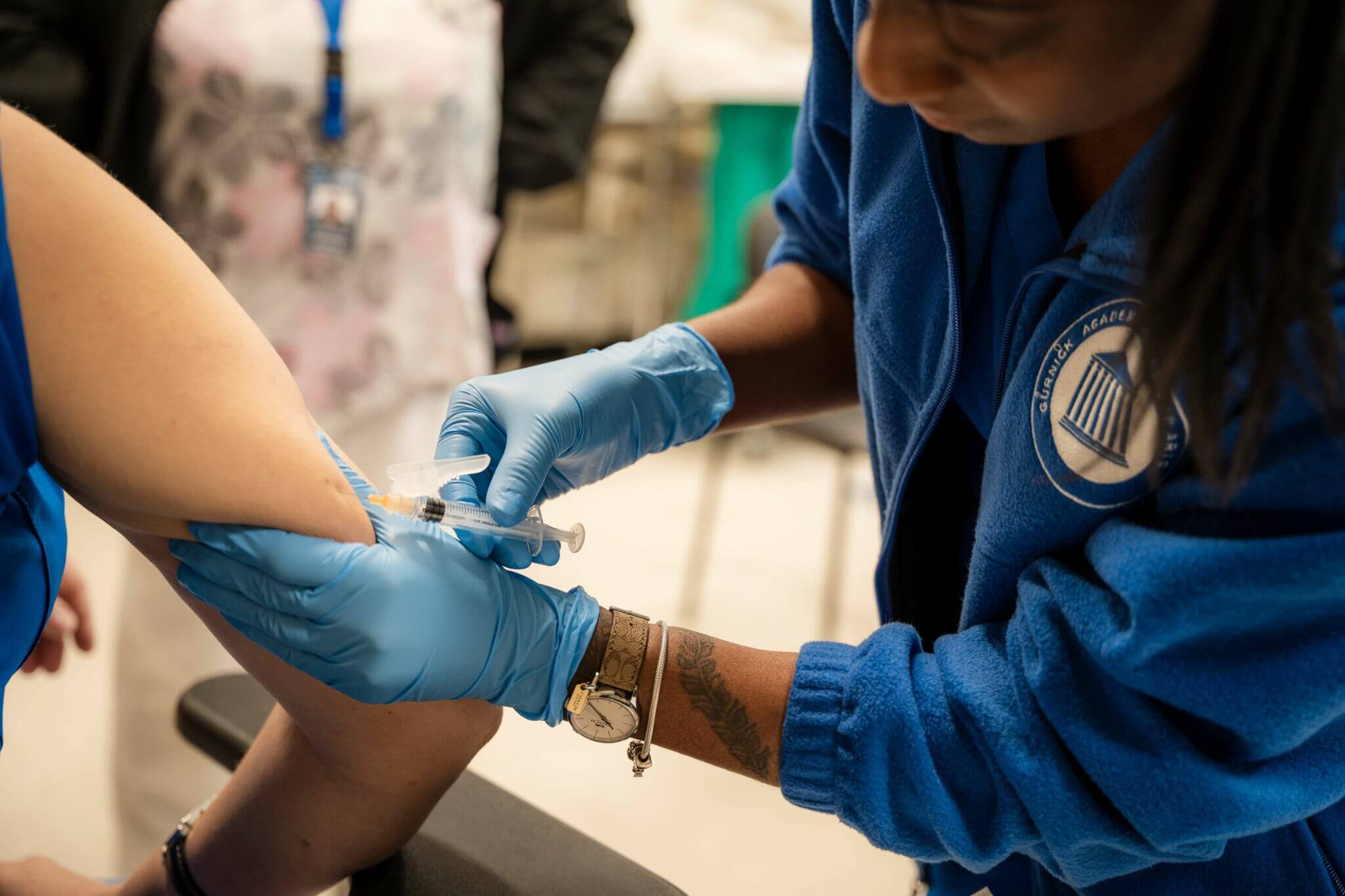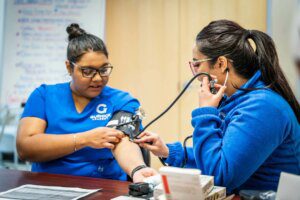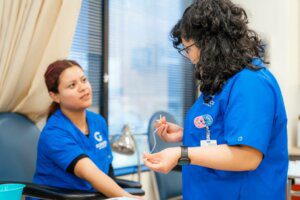Pending training and experience, Medical Assistants can advance into other areas. According to Indeed.com, career paths they could pursue include healthcare management, administration, nursing, medical billing and coding, medical records, and health information management.1
Also, according to the above source, Medical Assistants may earn additional certification. Possible certifications include Registered Medical Assistant, Certified Clinical Medical Assistant, Certified Medical Administrative Assistant, and Nationally Certified Medical Assistant. Additionally, some Medical Assistants pursue specializations in cardiology, OBGYN, ophthalmology, podiatry, and pediatric care. Others decide to obtain associate or bachelor’s degrees and follow nursing routes.1
Citation:
1 ^a, b, “Medical Assistance Advancement: Six Ways to Advance Your Career.” Indeed Career Guide, Indeed. May 10, 2021. (Accessed May 10, 2022.)



